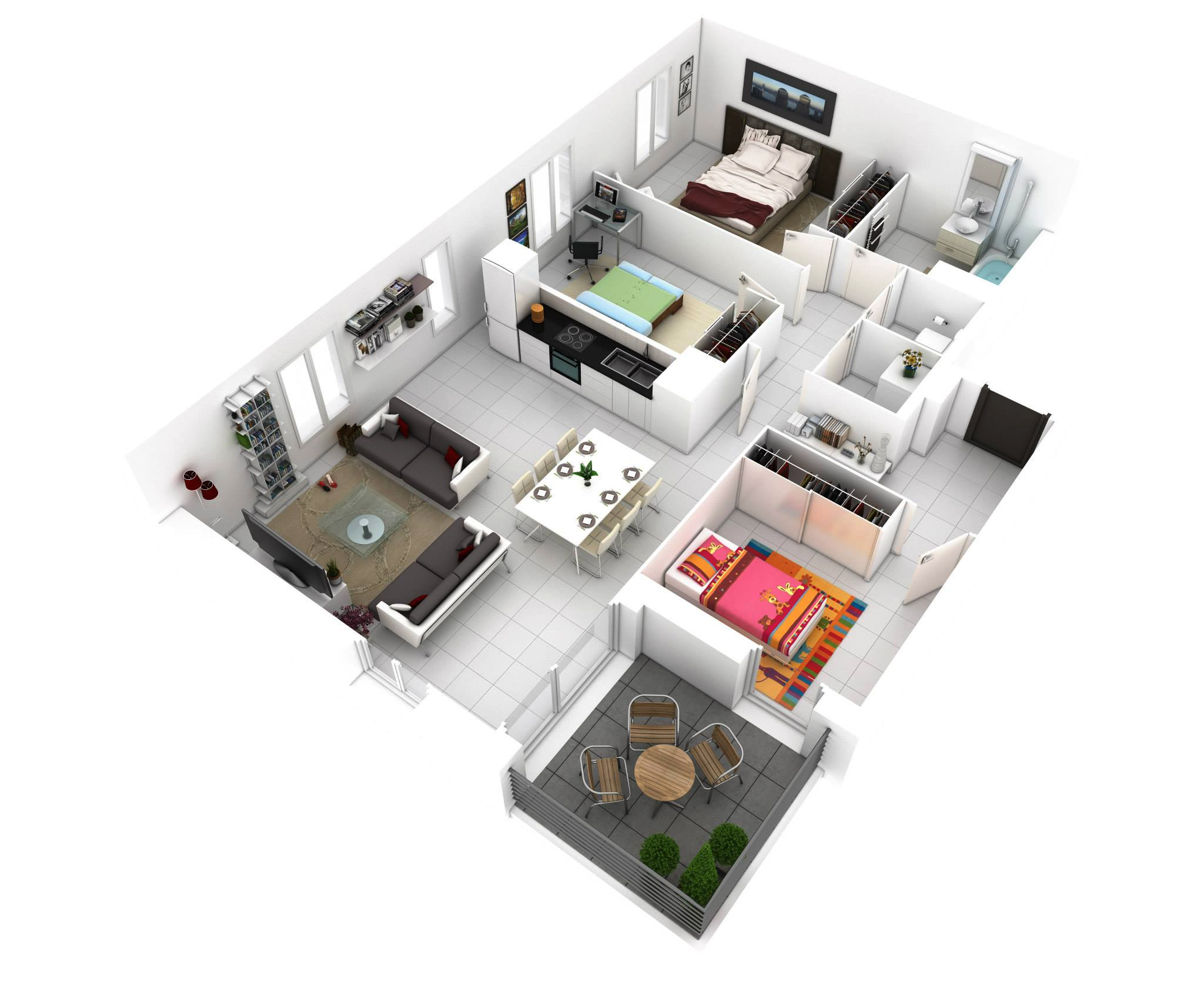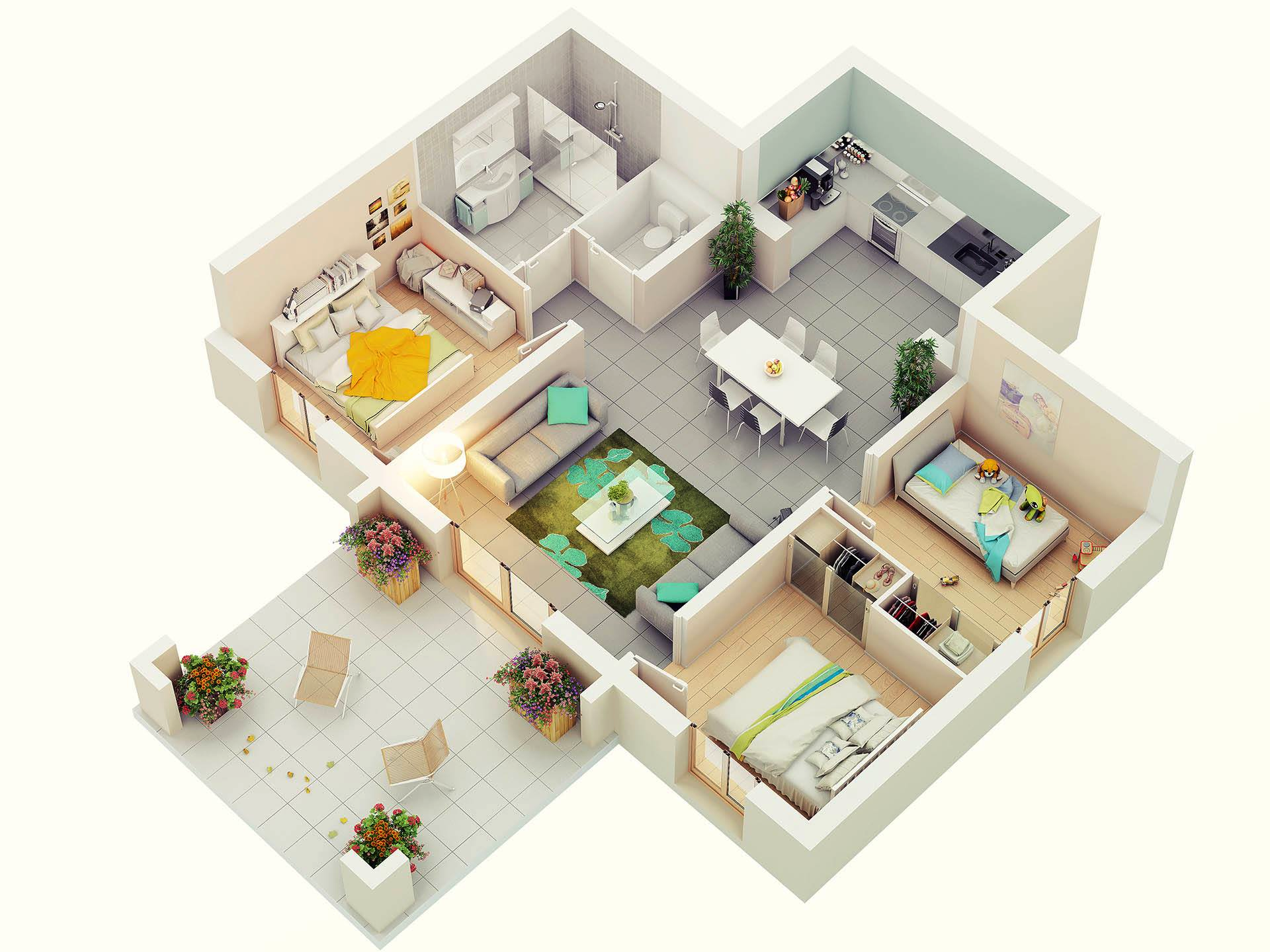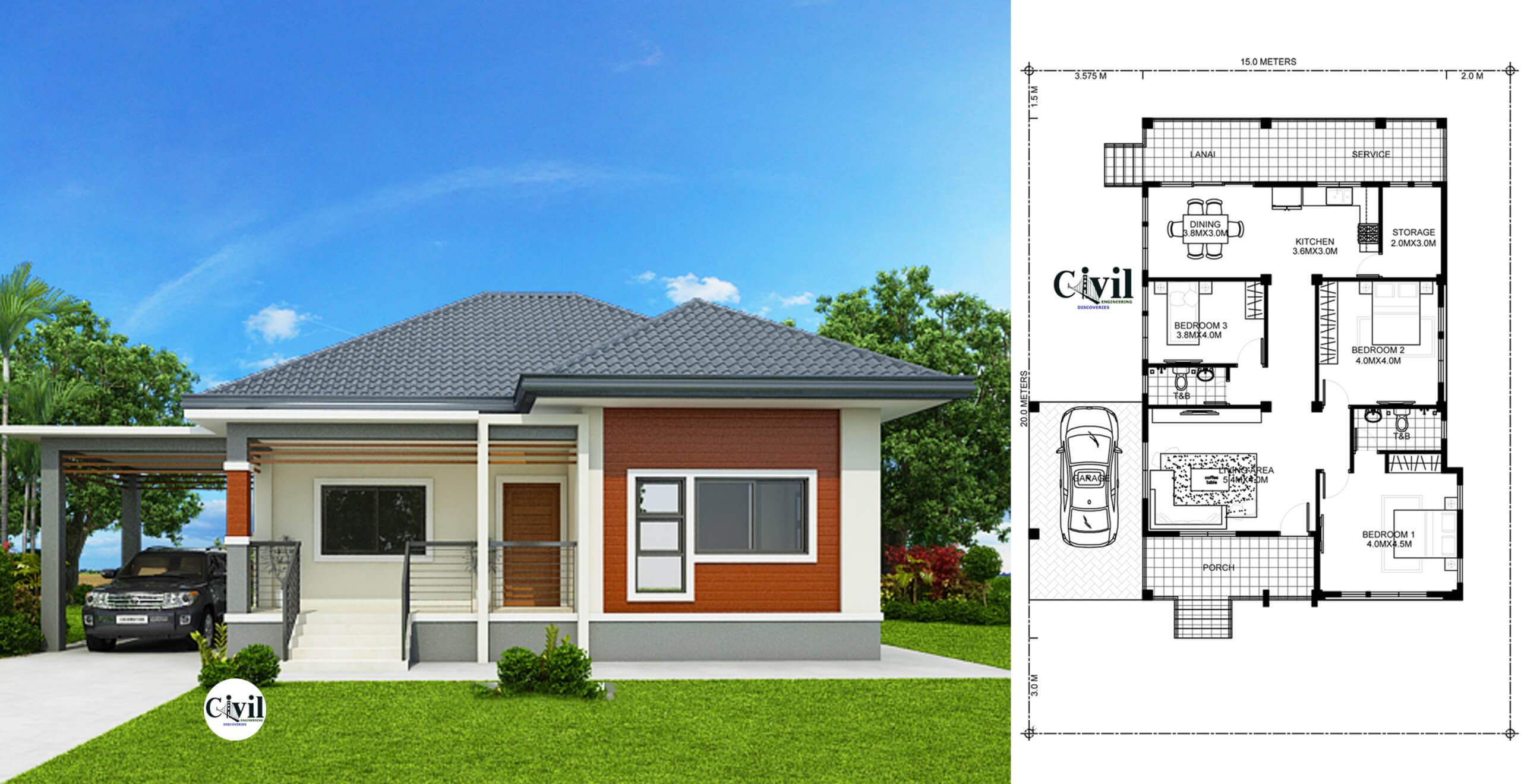The Appeal of Tiny Houses

Tiny houses have become increasingly popular in recent years, and for good reason! They offer a unique lifestyle that many people find appealing, especially those who value affordability, sustainability, and minimalism.
The Benefits of Tiny Houses
Tiny houses are becoming increasingly popular due to their numerous benefits.
- Affordability: Tiny houses are significantly cheaper to build and maintain than traditional homes, making homeownership more accessible to a wider range of people. This is especially important in areas with high housing costs.
- Sustainability: Tiny houses often have a smaller environmental footprint due to their reduced material usage, lower energy consumption, and potential for using eco-friendly building materials. They can also be designed for off-grid living, further reducing their reliance on traditional utilities.
- Minimalism: The limited space in a tiny house encourages a minimalist lifestyle, which can be liberating for many. It forces you to prioritize what’s truly important and declutter your life, leading to a sense of peace and freedom.
Examples of Successful Tiny House Living, 3 bedroom tiny house design
There are many examples of individuals and communities who have successfully adopted the tiny house lifestyle.
- The Tiny House Movement: The tiny house movement has gained significant traction in recent years, with numerous online communities, blogs, and documentaries dedicated to promoting the lifestyle. These platforms provide resources, inspiration, and support for aspiring tiny house dwellers.
- Tiny House Communities: Several communities have been established specifically for tiny house owners, offering a sense of belonging and shared values. These communities often have shared amenities like laundry facilities, community gardens, and communal spaces, fostering a sense of community and collaboration.
- Individual Tiny House Dwellers: Many individuals have successfully transitioned to tiny house living, sharing their experiences and insights online and through books. Their stories highlight the diverse ways in which tiny houses can be adapted to individual needs and preferences.
Challenges of Tiny House Living
While tiny houses offer numerous benefits, it’s important to acknowledge the potential challenges associated with this lifestyle.
- Limited Space: The most obvious challenge is the limited space. Living in a tiny house requires careful planning and organization to maximize space and minimize clutter. It may not be suitable for everyone, especially those who have a large family or a lot of possessions.
- Zoning Restrictions: Tiny houses may face zoning restrictions in some areas, making it difficult to obtain permits or find suitable land. This can be a major hurdle for aspiring tiny house owners, especially in urban areas where space is limited.
- Lack of Privacy: Depending on the design and location of the tiny house, privacy can be a concern. Shared living spaces or close proximity to neighbors can limit personal space and privacy.
Designing a 3-Bedroom Tiny House: 3 Bedroom Tiny House Design

A 3-bedroom tiny house might sound like an oxymoron, but it’s totally achievable! It’s all about maximising space and being clever with your design.
Space Allocation
The key to a 3-bedroom tiny house is efficient space allocation. Here’s a breakdown of how to make it work:
* Living Area: A multi-functional living area is a must. Think sofas that convert into beds, dining tables that fold away, and clever storage solutions built into the walls.
* Bedrooms: Lofted beds are essential to save floor space. They can be used for kids’ rooms or even a master bedroom.
* Bathrooms: Keep bathrooms compact but functional. Think shower stalls instead of tubs, and utilise wall-mounted fixtures to save space.
* Kitchen: A galley kitchen is a good choice for a tiny house. Utilise vertical space with shelves and drawers, and choose appliances that are compact but powerful.
Floor Plan
Here’s a potential floor plan for a 3-bedroom tiny house:
* Ground Floor: The ground floor would feature a living area with a sofa bed, a galley kitchen, and a compact bathroom. The living area could double as a dining area with a folding table.
* Loft: The loft would house the bedrooms. Two bedrooms could be created with lofted beds, while a third bedroom could be accessed via a ladder or stairs. Storage space could be incorporated under the lofted beds.
Materials
Sustainability and budget are important considerations when choosing materials for a tiny house. Here are some options:
* Wood: Wood is a natural and sustainable material that can be used for framing, flooring, and cabinetry. It’s also relatively affordable.
* Recycled Materials: Using recycled materials is a great way to reduce waste and save money. Look for reclaimed wood, salvaged windows, and recycled insulation.
* Energy-Efficient Materials: Choose energy-efficient materials like insulated windows and doors to reduce energy bills and increase comfort.
A 3-bedroom tiny house is all about making the most of every inch of space. It’s a challenge, but with a little creativity and planning, it’s definitely achievable.
Features and Considerations for a 3-Bedroom Tiny House

Building a 3-bedroom tiny house is a massive undertaking, so it’s essential to consider all the crucial features and aspects to ensure a comfortable and functional living space. From plumbing and electrical systems to insulation and heating, these elements are vital for a successful build.
Plumbing
The plumbing system in a 3-bedroom tiny house requires careful planning to maximize space and ensure efficient water usage.
- Compact fixtures: Tiny houses often utilise space-saving fixtures like low-flow showerheads, composting toilets, and compact sinks. These fixtures not only conserve water but also help create a more streamlined and efficient design.
- Water storage and heating: A 3-bedroom tiny house needs a larger water storage tank than a smaller dwelling. Consider installing a tankless water heater for efficient hot water supply.
- Greywater system: A greywater system can be implemented to recycle water from sinks and showers for non-potable uses like watering plants. This system promotes water conservation and reduces water usage.
Electrical Systems
Efficiently managing electrical systems in a 3-bedroom tiny house is key to powering daily life.
- Solar panels: Installing solar panels can significantly reduce reliance on grid electricity. This sustainable option is especially beneficial for tiny houses with limited space.
- Battery storage: A battery bank allows you to store solar energy for use during nighttime or cloudy days, ensuring a consistent power supply.
- Energy-efficient appliances: Choosing energy-efficient appliances like LED lighting, refrigerators, and washing machines can help minimize energy consumption.
Ventilation
Proper ventilation is crucial for maintaining air quality and preventing moisture buildup in a 3-bedroom tiny house.
- Roof vents: Roof vents provide passive ventilation, allowing hot air to escape and fresh air to circulate. They are particularly important in areas with warm climates.
- Ceiling fans: Ceiling fans promote air circulation and can be used to create a cooling effect, especially during warmer months.
- Window placement: Strategic window placement can help maximize natural ventilation and reduce reliance on mechanical systems.
Insulation, Heating, and Cooling
Insulation, heating, and cooling are crucial for creating a comfortable and energy-efficient living environment in a 3-bedroom tiny house.
- Insulation: Proper insulation helps maintain a consistent temperature inside the house, reducing heat loss in winter and heat gain in summer. Common insulation materials include spray foam, fiberglass, and cellulose.
- Heating systems: Heating options for tiny houses include wood-burning stoves, propane heaters, and mini-split heat pumps. Consider the efficiency and cost-effectiveness of each option.
- Cooling systems: Cooling options include mini-split air conditioners, evaporative coolers, and ceiling fans. The best choice depends on the climate and personal preferences.
Considerations for Building or Buying a 3-Bedroom Tiny House
Before embarking on the journey of building or buying a 3-bedroom tiny house, it’s essential to consider various factors that can influence the process.
- Permits: Check local building codes and regulations to ensure your tiny house design complies with legal requirements. Permits are necessary for construction and may vary depending on location.
- Transportation: Consider the size and weight of the tiny house and how it will be transported to its final location. You may need a specialized trailer or transport company.
- Maintenance: Tiny houses require regular maintenance like cleaning, repairs, and inspections. Ensure you have the resources and skills to handle these tasks.
- Financing: Secure financing options like loans or mortgages for the construction or purchase of your tiny house. Consider the overall cost and available funding options.
- Lifestyle: Evaluate your lifestyle and determine if a 3-bedroom tiny house aligns with your needs and preferences. Consider the size, space limitations, and potential challenges of living in a smaller dwelling.
A 3 bedroom tiny house design embraces the philosophy of living minimally, maximizing space and functionality. This same concept of efficient living can be found in luxurious getaways like the eden resort 3 bedroom villa , where every detail is thoughtfully designed for comfort and relaxation.
Whether you’re dreaming of a cozy, self-sufficient home or a tranquil escape, the principles of mindful living can inspire you to create a space that truly nourishes your soul.
Designing a 3-bedroom tiny house requires a clever approach to maximizing space. Every inch counts, and even seemingly small details like a bathroom paper towel holder can contribute to the overall functionality and aesthetic. By selecting a stylish and practical holder, you can keep your tiny house bathroom organized and add a touch of personality to the space.
Remember, even in a small dwelling, every detail matters, creating a cozy and efficient environment.